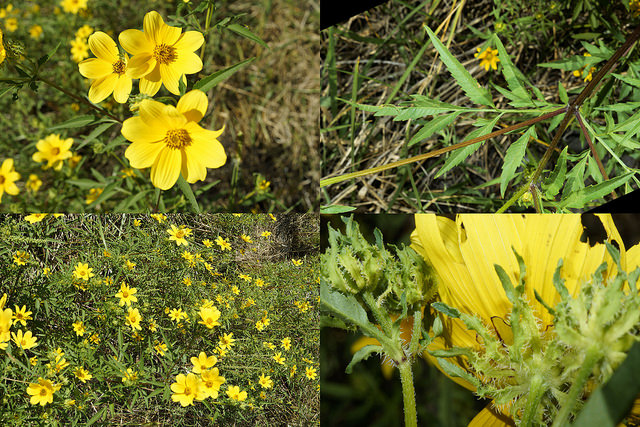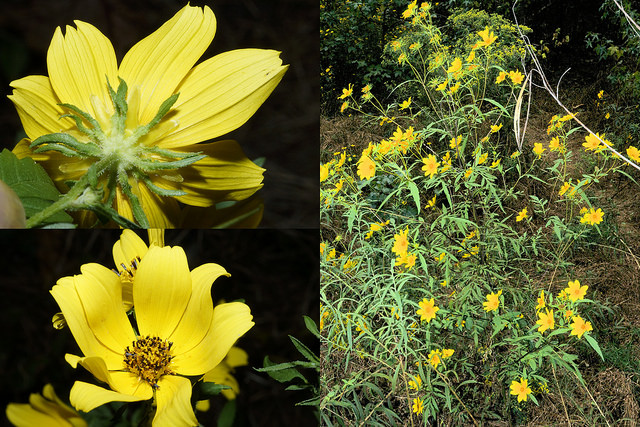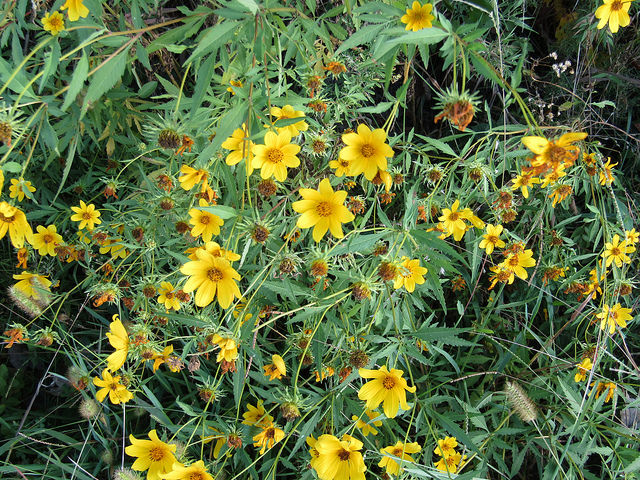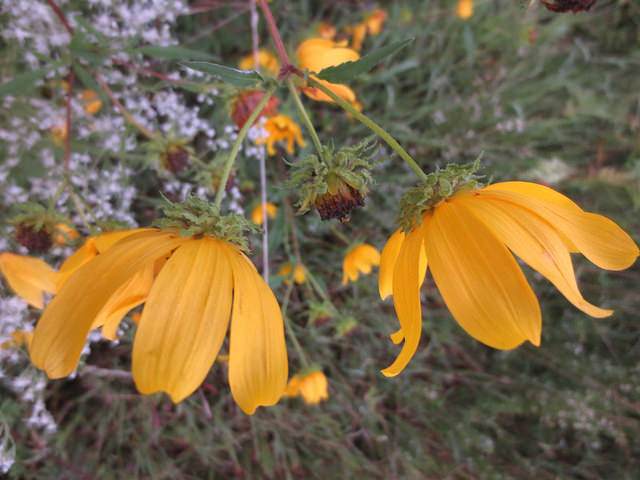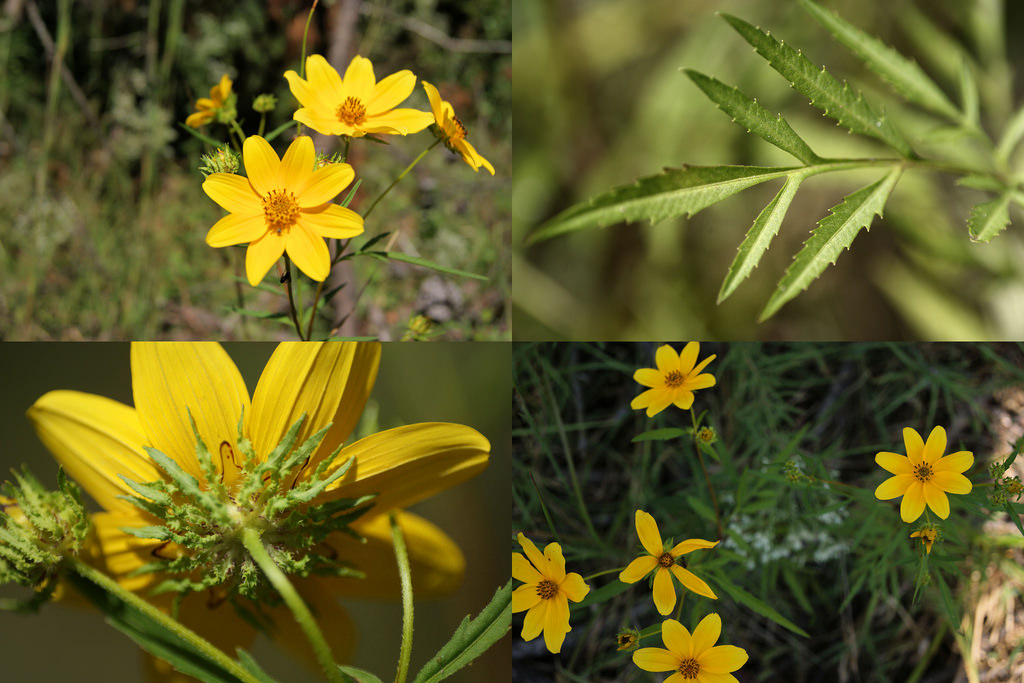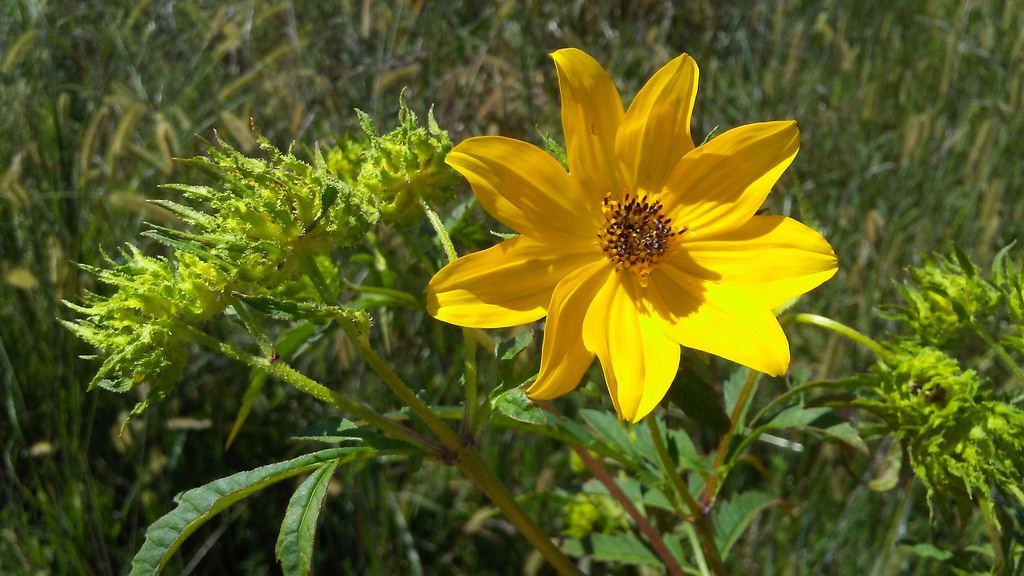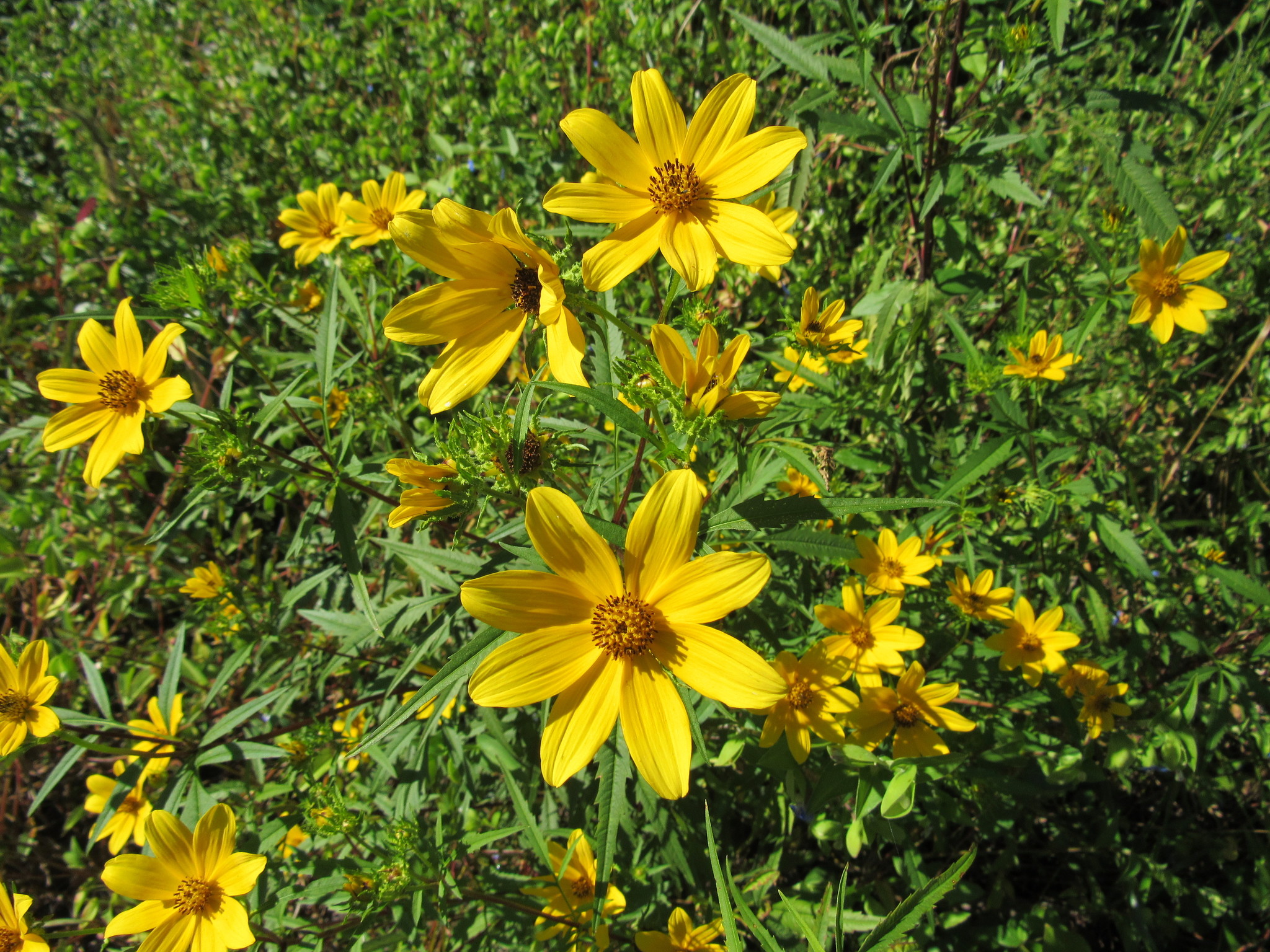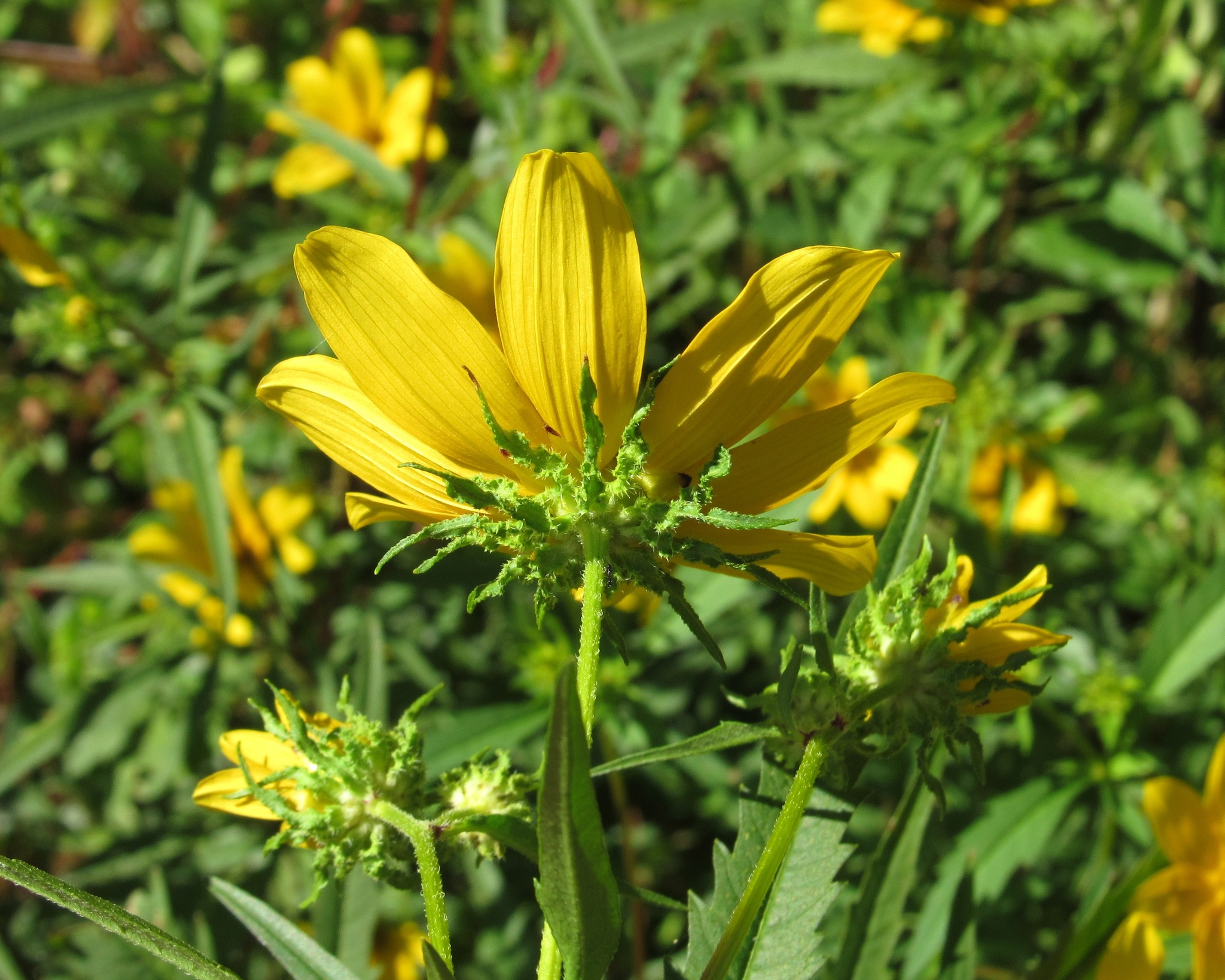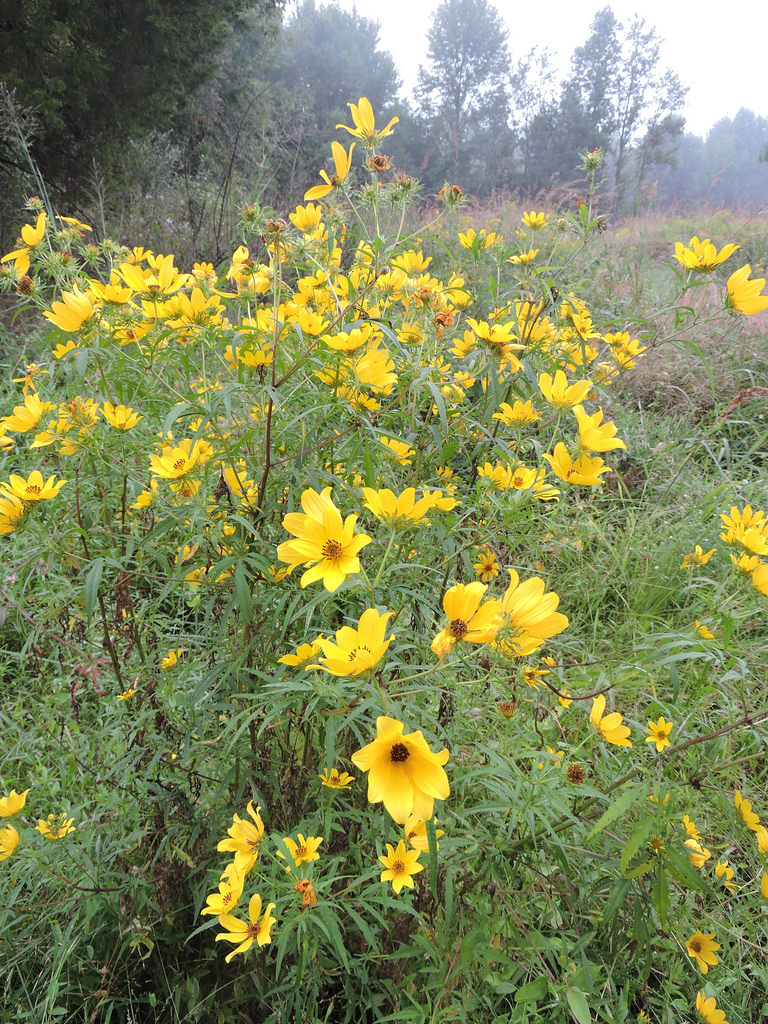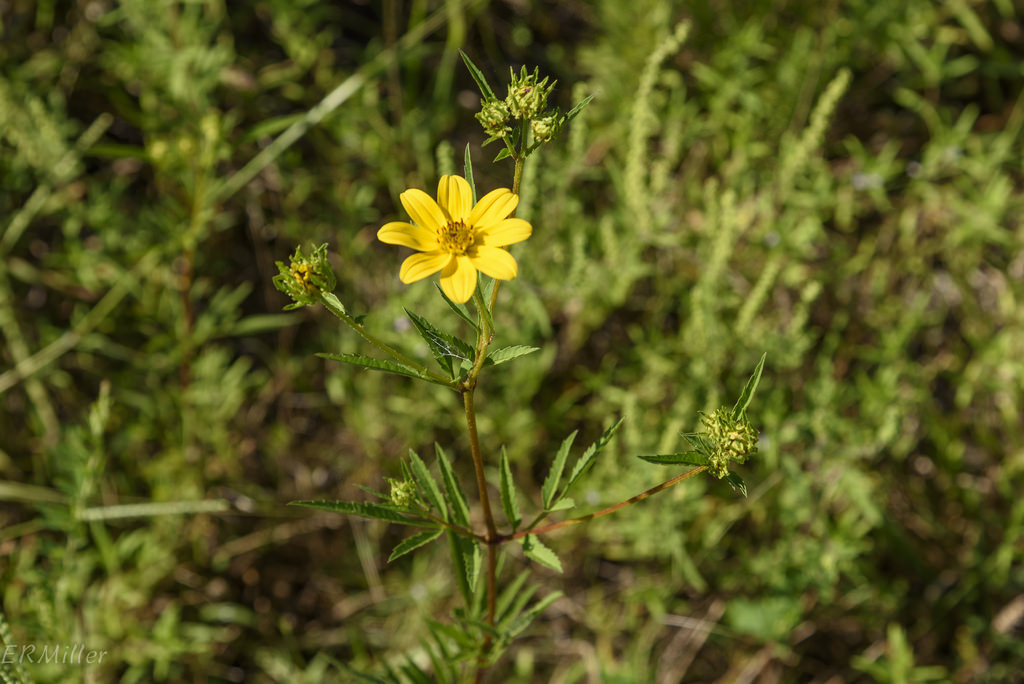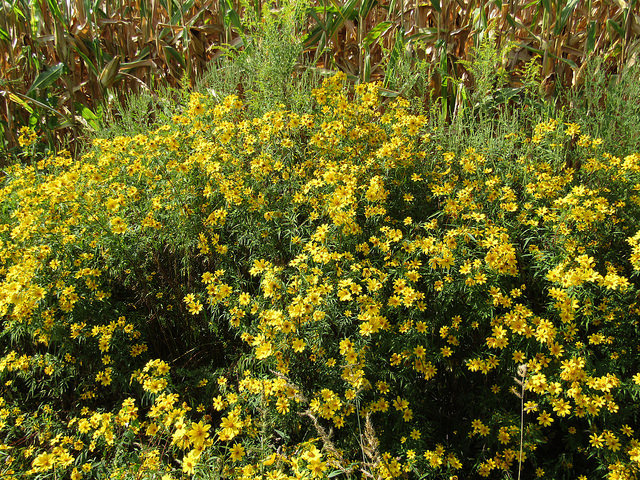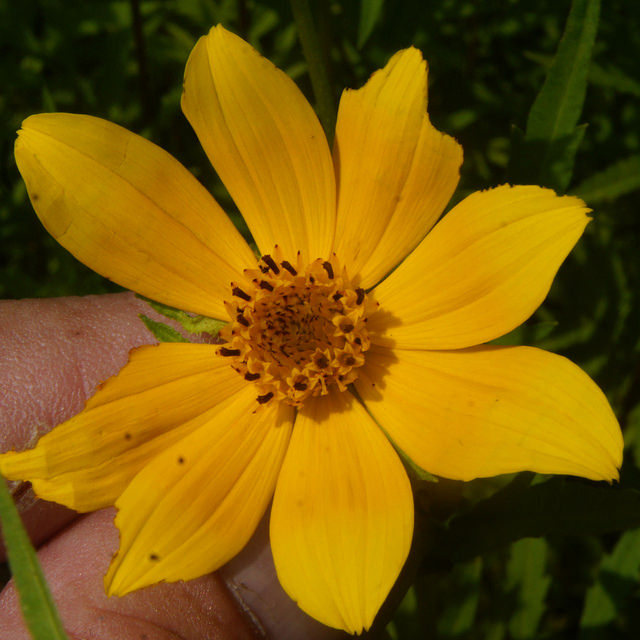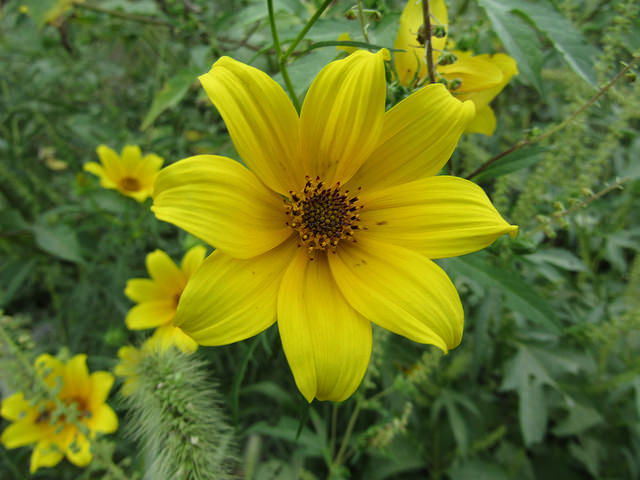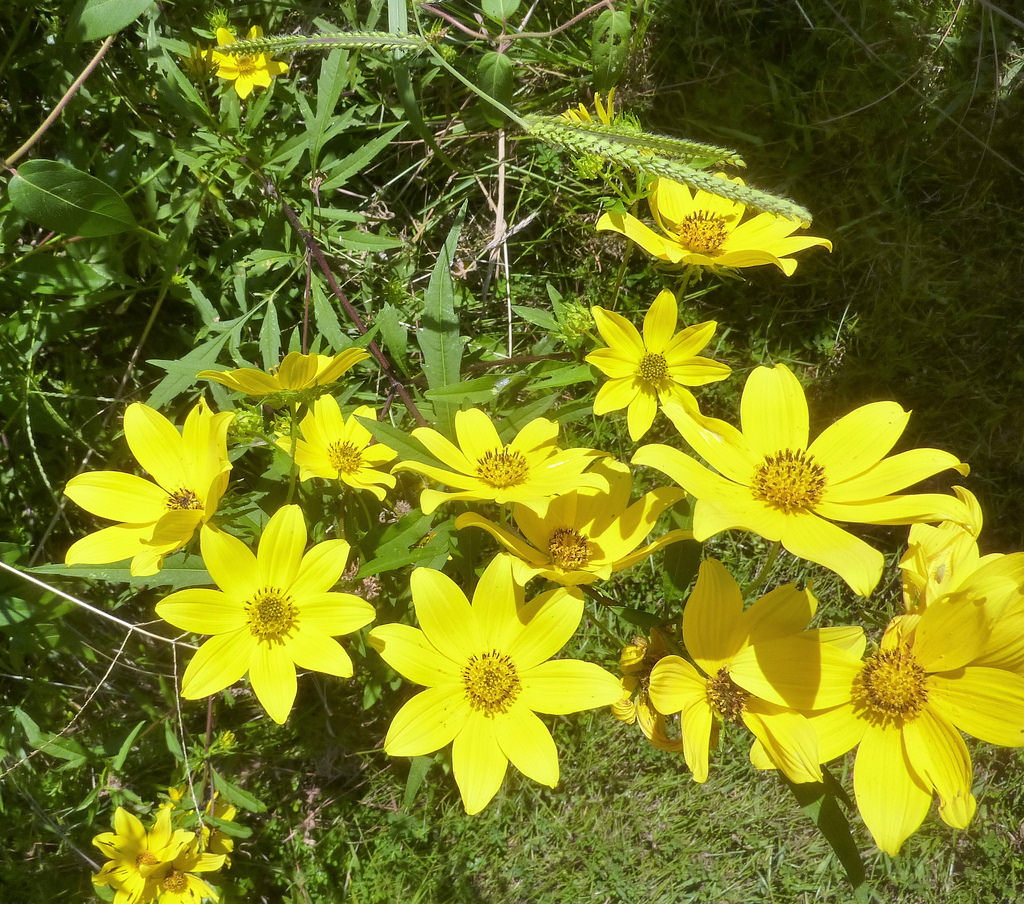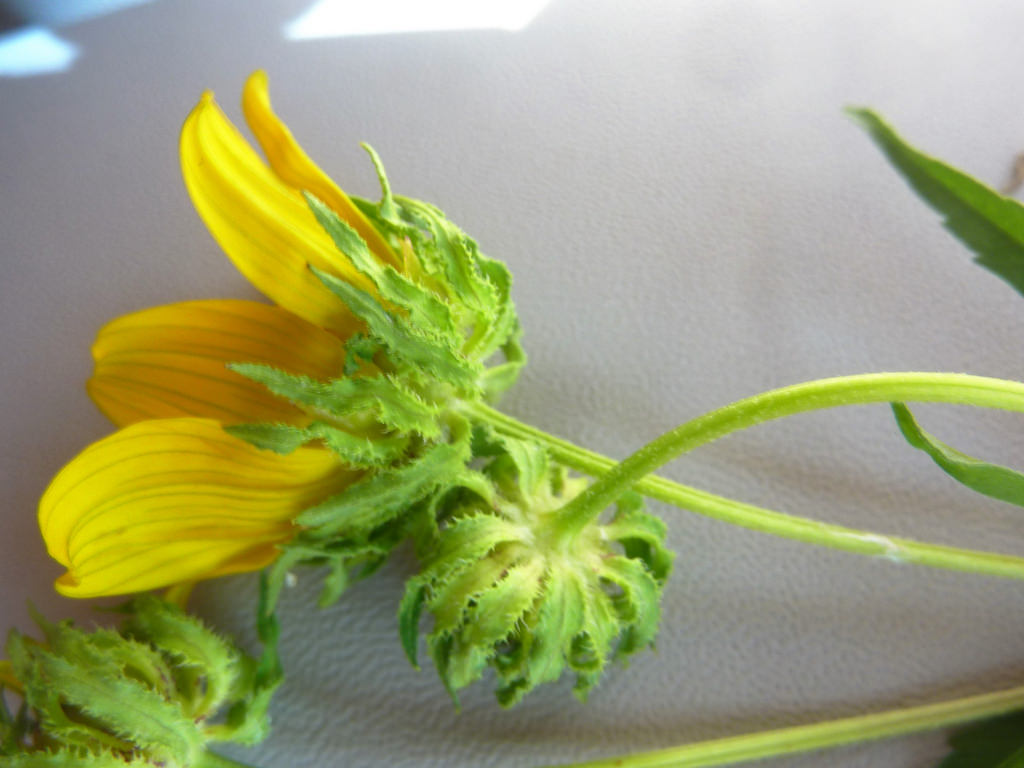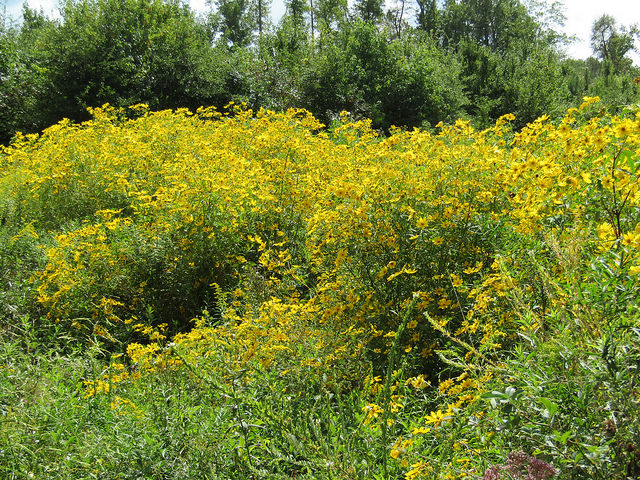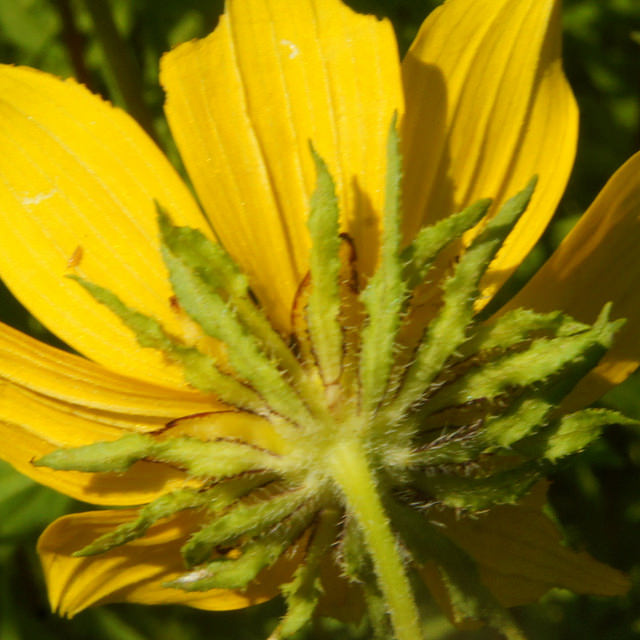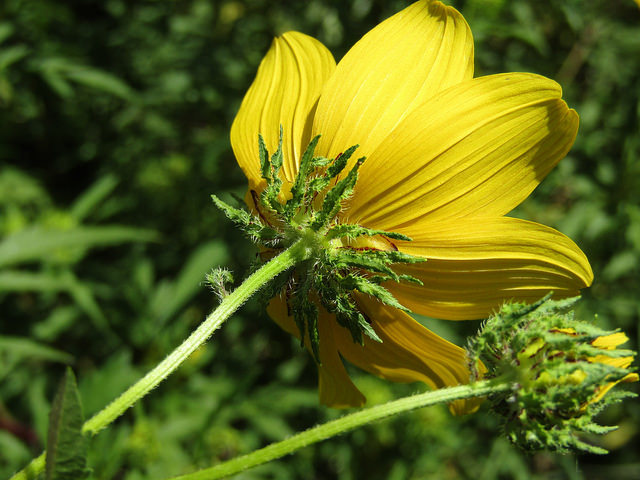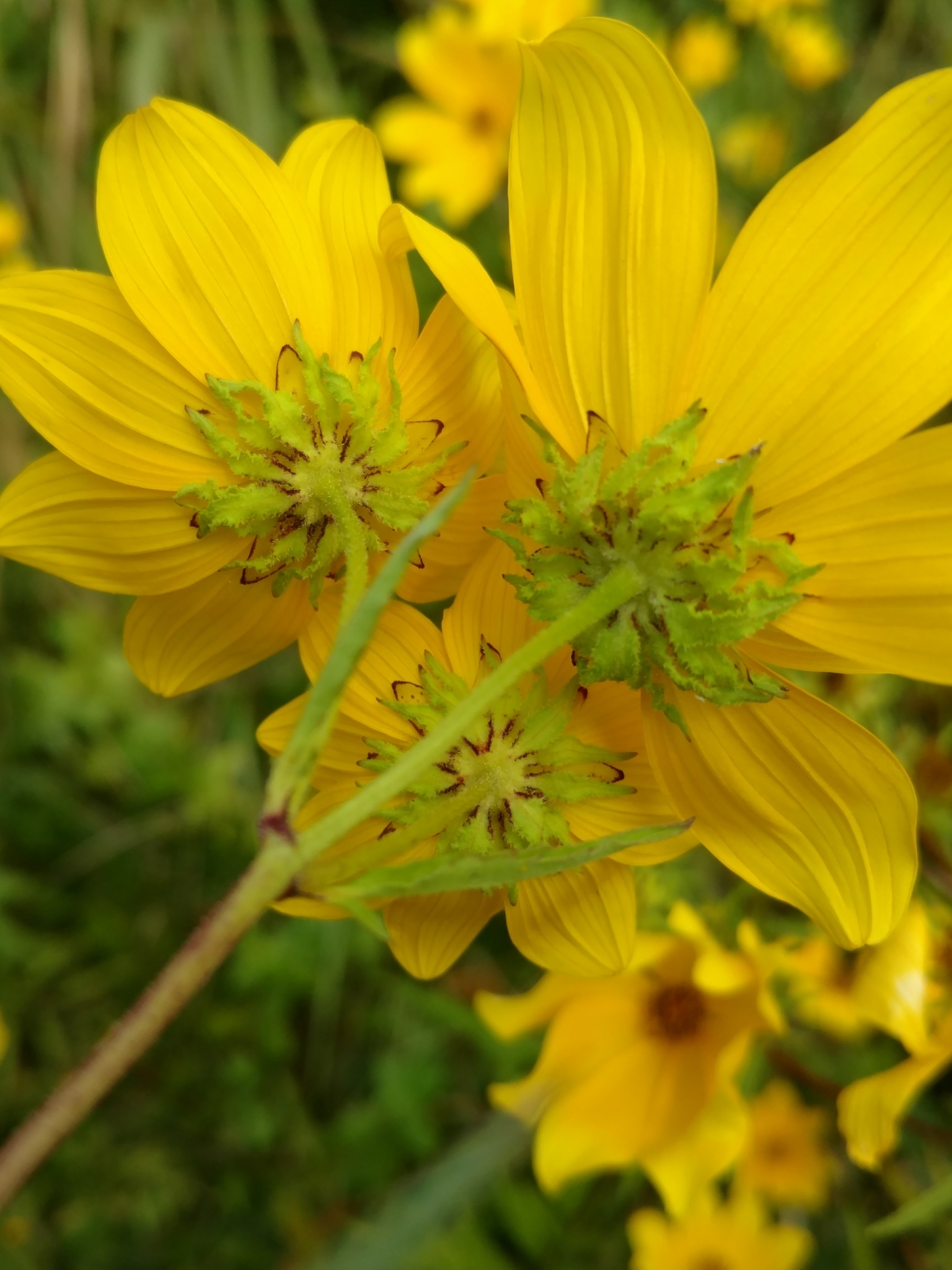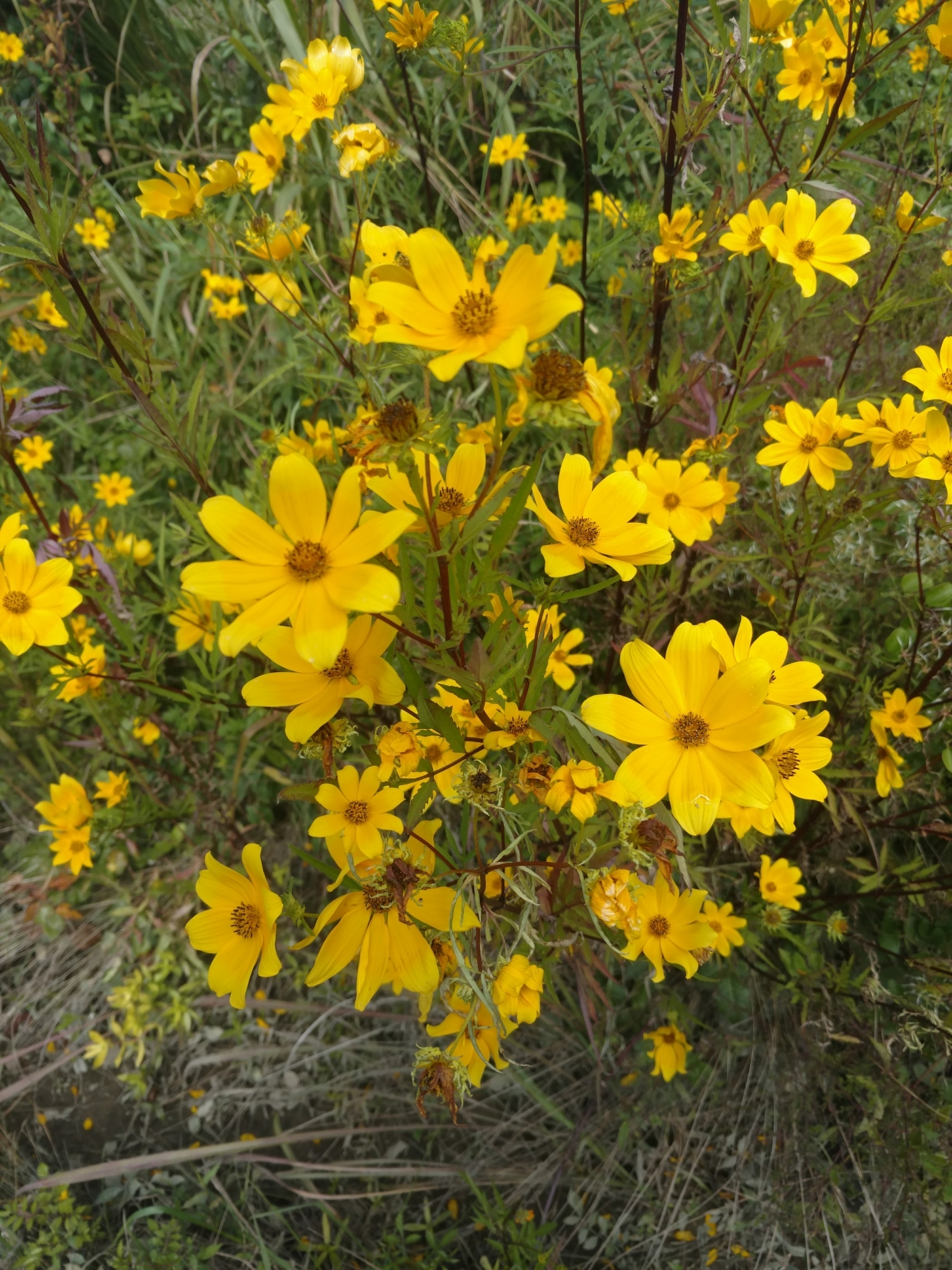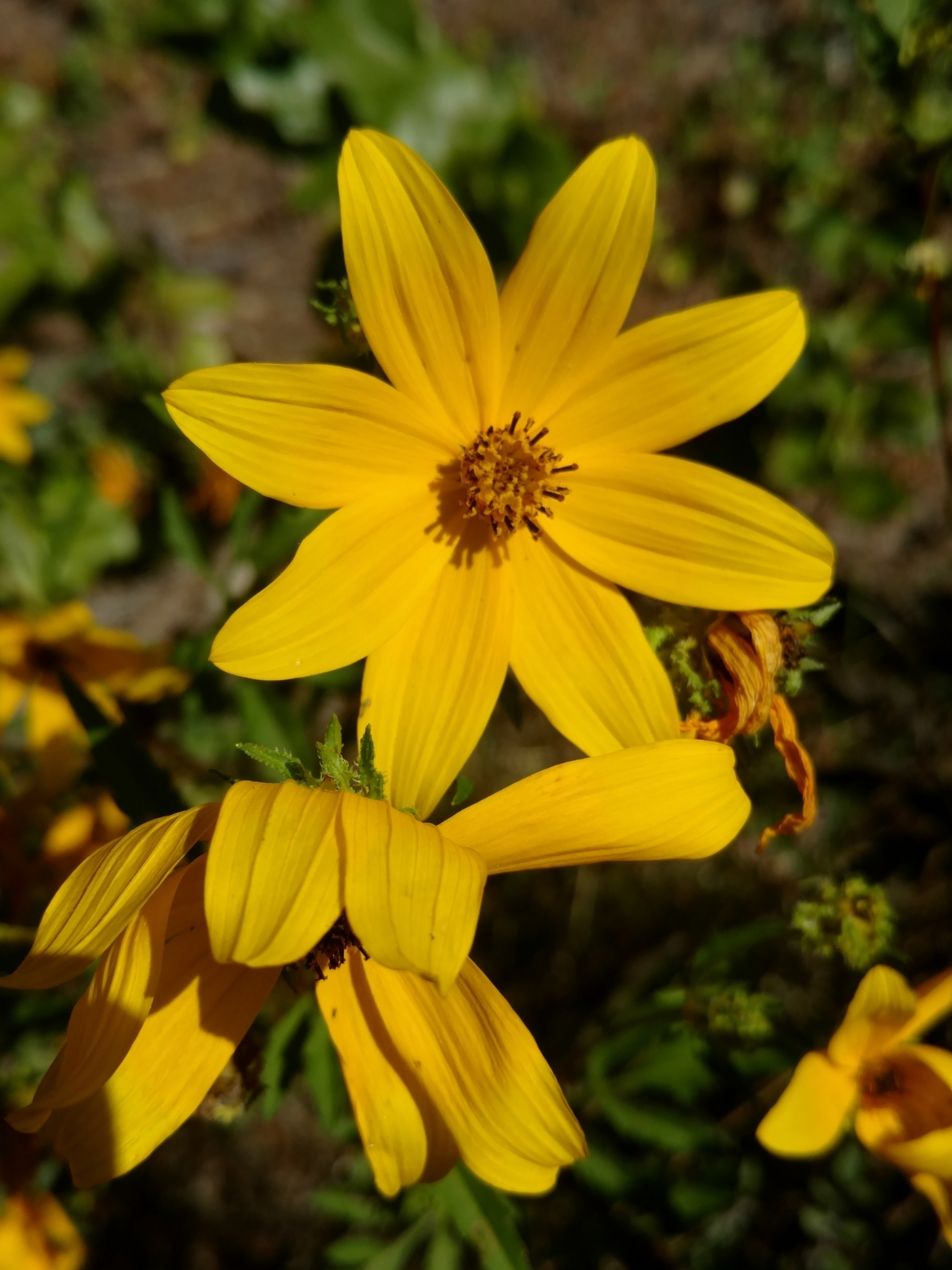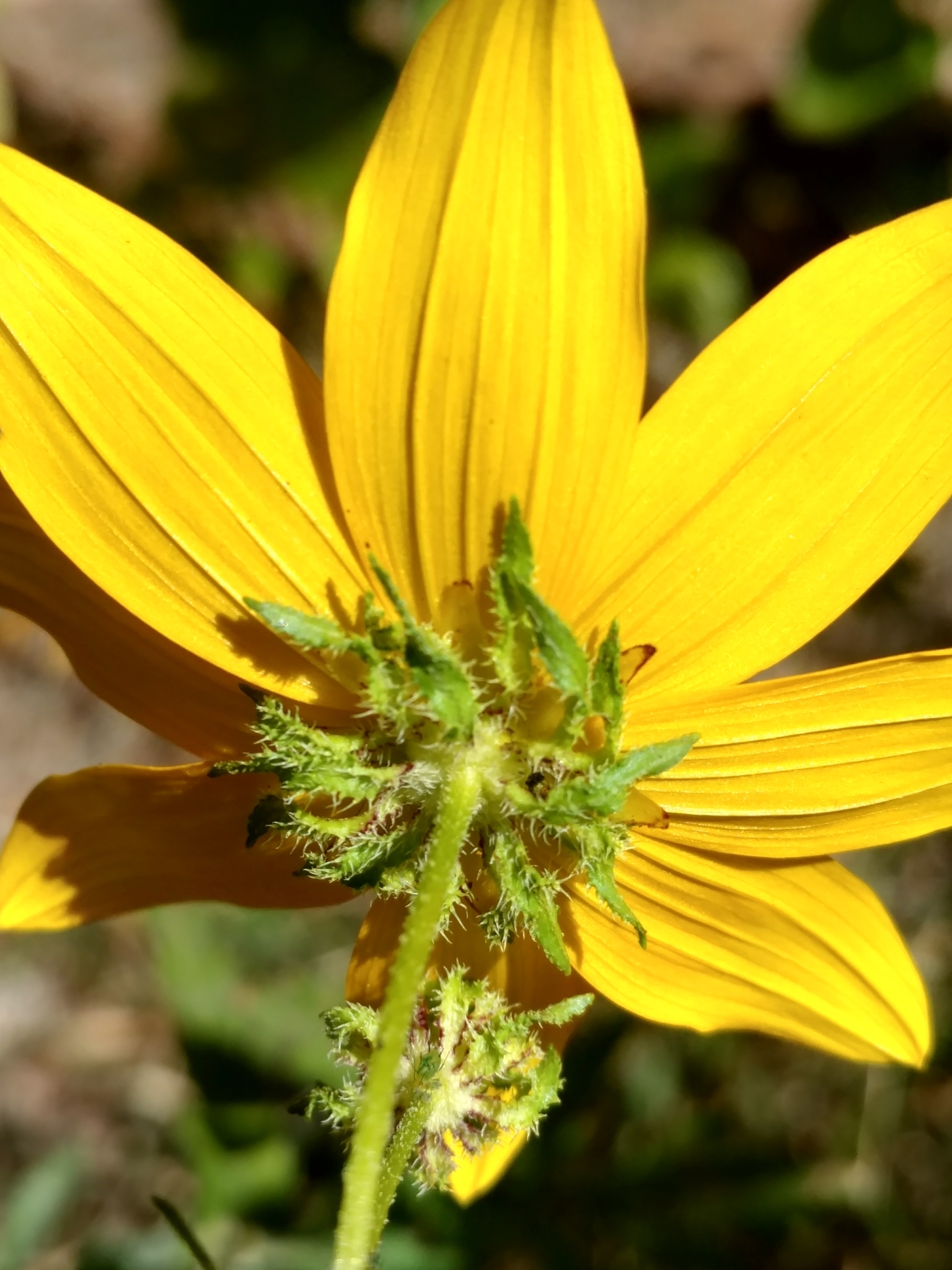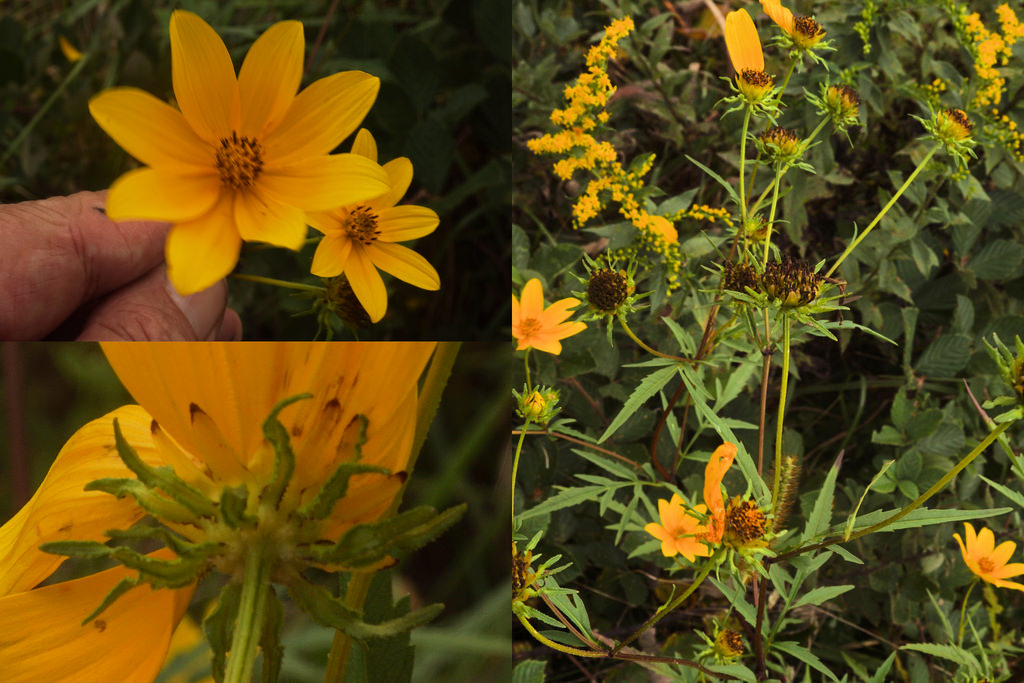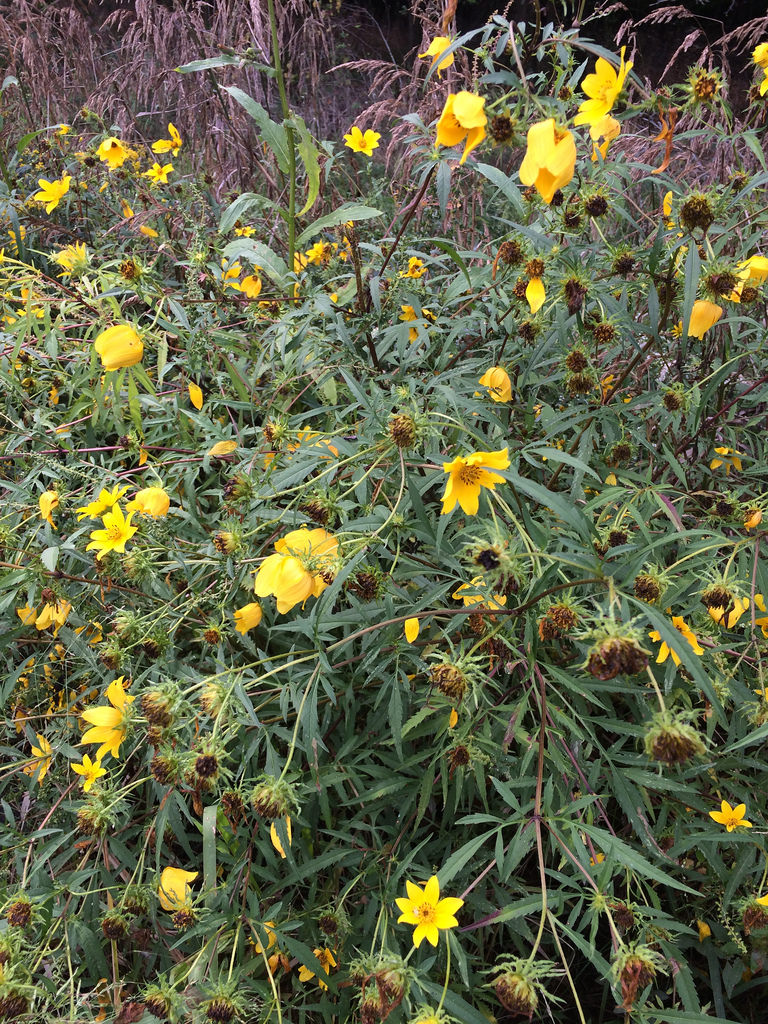Map Snapshot




















197 Records
Status
Bearded Beggarticks is native to the central United States, and has become naturalized in the Atlantic states.
Description
Look for the distinctive bracts, which are numerous, long and narrow, curling or reflexed, and serrate or ciliate on the margins. The leaves are compound, with leaflets that are linear to narrowly lanceolate.
Where To Find
Bearded Beggarticks blooms profusely in some roadside ditches, low fields and marshes in Maryland. The flowers turn sizeable swaths of Blackwater National Wildlife Refuge (Dorchester County, Maryland) into a sea of bright yellow in late summer.
Seasonality Snapshot
Source: Wikipedia
| Bidens polylepis | |
|---|---|

| |
| Scientific classification | |
| Kingdom: | Plantae |
| Clade: | Tracheophytes |
| Clade: | Angiosperms |
| Clade: | Eudicots |
| Clade: | Asterids |
| Order: | Asterales |
| Family: | Asteraceae |
| Genus: | Bidens |
| Species: | B. polylepis
|
| Binomial name | |
| Bidens polylepis | |
| Synonyms[1] | |
| |
Bidens polylepis is a North American species of flowering plant in the family Asteraceae. It is native to south-central Canada (Ontario) and to the eastern and central United States (from Michigan and New Jersey south and west to South Carolina, New Mexico, and Colorado).[2]
Bidens polylepis is an annual herb up to 100 cm (40 inches) tall. It produces as many as 3 yellow flower heads per branch, each head containing both disc florets and ray florets. The species grows in marshes, flood plains, and disturbed sites.[2]
Bidens polylepis is very closely related to Bidens aristosa, and they are known to intergrade over a broad geographic range. Because of this, they have been combined as a single entity by some authors.[3]
References
[edit]- ^ The Plant List, Bidens polylepis S.F.Blake
- ^ a b Flora of North America, Bidens polylepis S.F.Blake
- ^ Yatskievych, George (2006). Flora of Missouri, Volume 2. Missouri Botanical Garden Press. p. 454.
